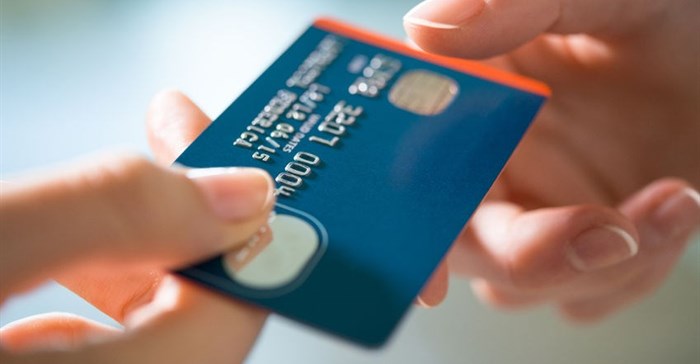
Subscribe & Follow
#AfricaMonth
In the news
Retailers slow to adopt real-time payment systems

Real-time transactions, including reconciliation and reporting, are now a reality for businesses thanks to advances in integrated payment systems. Instant transactions can happen at all points in outlets, whether with suppliers or in-store at checkouts. The main advantages for retailers and consumers include accelerating the pace of transactions, tightening controls and security and, most importantly, reducing costs across the board.
“However, retailers are slow to embrace this technology, exposing themselves to undue risk and cost,” says Eugene von Engelhardt, CEO of global payment technology firm, Traderoot.
“Retailers need to ensure that their systems are integrated online. Business success will increasingly depend on real-time payment processing and integration to back-office systems and the banking network. Currently, retailers are too reliant on ‘legacy’ systems to get more consumers to move through the ques quicker. Payment convergence is upon us, and retailers need to be ready. Retailers will need to reduce risk by including all payments into a central and common process.
“Retailers have to be able to reliably process payments from consumers who will use a mixture of credit and debit cards, cash, QR codes, vouchers, discount coupons, cheques and rewards programme points to make purchases.
“Advances in payment technology remove the complexity of accepting this vast range of payment tokens, reduce risk and add business intelligence to the task with real-time and fully-reconciled transactions.”
Much behind-the-scenes activity
“Currently there is much behind-the-scenes juggling and human intervention that takes place between multitudes of disparate IT systems when payments occur.
“There’s the point-of-sale (POS) system at the retailer to accept payments. This is typically connected to a separate POS back-office framework, before it links to the banking network. The back-office framework handles reconciliations.
“Running parallel with this is the requirement for the payment process to be secure. Encryption level at the POS has to be compliant with encryption standards enforced by the global Payment Card Industry (PCI) as well as local and international regulations.
“Right now paying is typically the longest part of any transaction – and retailers want to keep customers moving quickly through the sales point. Consumers queue, scramble to find their cards, swipe them and then wait for the bank connection to be secured and for the authorisation.
“Then the slip prints and so on – it takes time. With an integrated system, processing is instant. By the time the card has been presented and then returned to the customer, authorisation and payment have been made, the receipt is printed and SMS notification has been sent to the consumer by his or her bank.
“The retailer’s accounting system has also recorded and reconciled the transaction with the bank, which saves a huge amount of time and effort in promoting accuracy, particularly if there is repudiation.”
How does it work?
“For example, in a restaurant franchise operation, franchisees have different accounting and ERP systems. Linking them to an integrated payment system means invoices and statements can be presented online and query dispute management happens in this space too, instantaneously. Payment turnaround is reduced to hours, if not minutes, rather than weeks.
“This efficiency and integration has to be extended to the mobile environment in retail, as smartphones and mobile devices will form the basis of consumer interaction with payment systems in the future.
“We’re already starting to see this with the likes of mVisa, Masterpass and local close-loop brands such as WiCode and SnapScan. These all add to payment complexity.”
In addition to payment convergence is the advent of omni-commerce - a place where all tokens and transactions must happen conveniently via many channels - from ATM and POS, to mobile and virtual (via cloud or web services). This will be used to procure virtual goods, process payments, secure settlement with reconciliation per event, per device or lane by product - and include delivery confirmation.
“This is already happening where vouchers from online operations such as Google’s Play store or Apple’s iTunes are bought off the shelf in retail outlets, processed at the till and activated on the consumers’ mobile device. Other examples are prepaid electricity and airtime. The latest online, real-time integrated payment systems are able to take the growing number of mobile and electronic payment options and simplify them for consumers and retailers.
“Security with complex payments is a reality for many retailers. The human element also has to be factored in to security. Shop staff or waiters can use concealed card skimmers. Real-time transactions on integrated systems significantly reduce that risk,” concludes Von Engelhardt.













